
The scholarship recipients – Caroleena Santana, a psychology major, and Zachary Perez, a business analytics major – were honored at a luncheon at San Bernardino Valley College on Oct. 25.
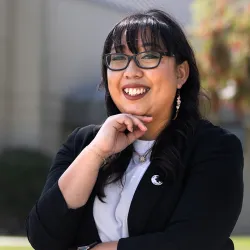
Director Veronica Guzman shares her excitement in this new student engagement program which benefits not only students’ own lives but the lives of those in their home communities.
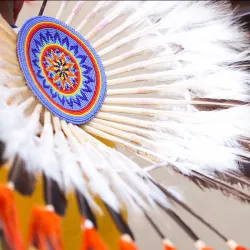
One of the highlights of the month includes a closing ceremony on Wednesday, Nov. 29, featuring state Assemblymember James Ramos, D-Highland, bird singers and words of wisdom from CSUSB Indigenous leaders.
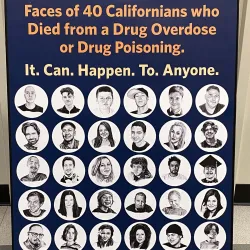
The exhibition at the CSUSB Anthropology Museum, aimed at destigmatizing substance use disorder by putting a human face on the disease, closes to the public on Saturday, June 10, with special weekend viewing hours from 8-11:30 a.m. Admission is always free.
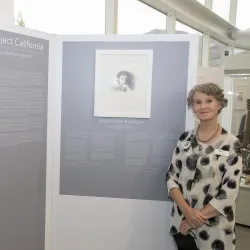
The exhibit, housed at the CSUSB’s Anthropology Museum since September, aims to call attention to substance use disorder. The work of the museum, San Bernardino County Department of Behavioral Health and INTO LIGHT was recognized by the National Association of Counties with an Achievement Award in the Arts, Culture and Historic Preservation Category. A closing reception is set for 10:30 a.m.-noon on Wednesday, June 7, at the museum.
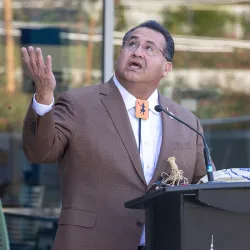
Ramos, a CSUSB alumnus, and bird singers from Torres Martinez Desert Cahuilla Indians gathered in front of the Santos Manuel Student Union North to celebrate the month with traditional singing and dancing.
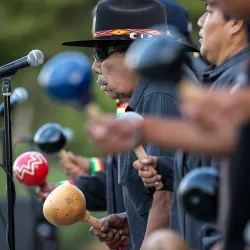
One of the highlights in a long list of exciting events this month includes a closing ceremony on Nov. 29, featuring James Ramos, CSUSB alumnus and the first California-born Native American elected to the state Assembly.

The townhall will be moderated by Ramos, who has introduced legislation in the battle against the opioid crisis and substance use disorder. The townhall takes place at 10 a.m. Saturday, Oct. 22.
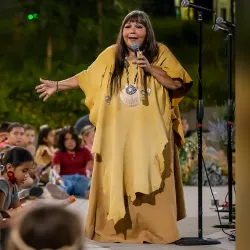
Attendees learned about Native American music, art and food of the Native peoples in this region at the free event on Friday, Sept. 23.